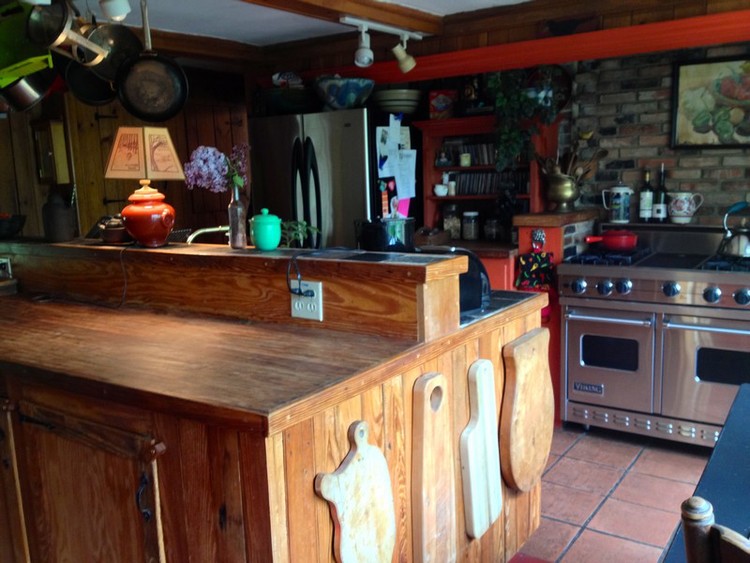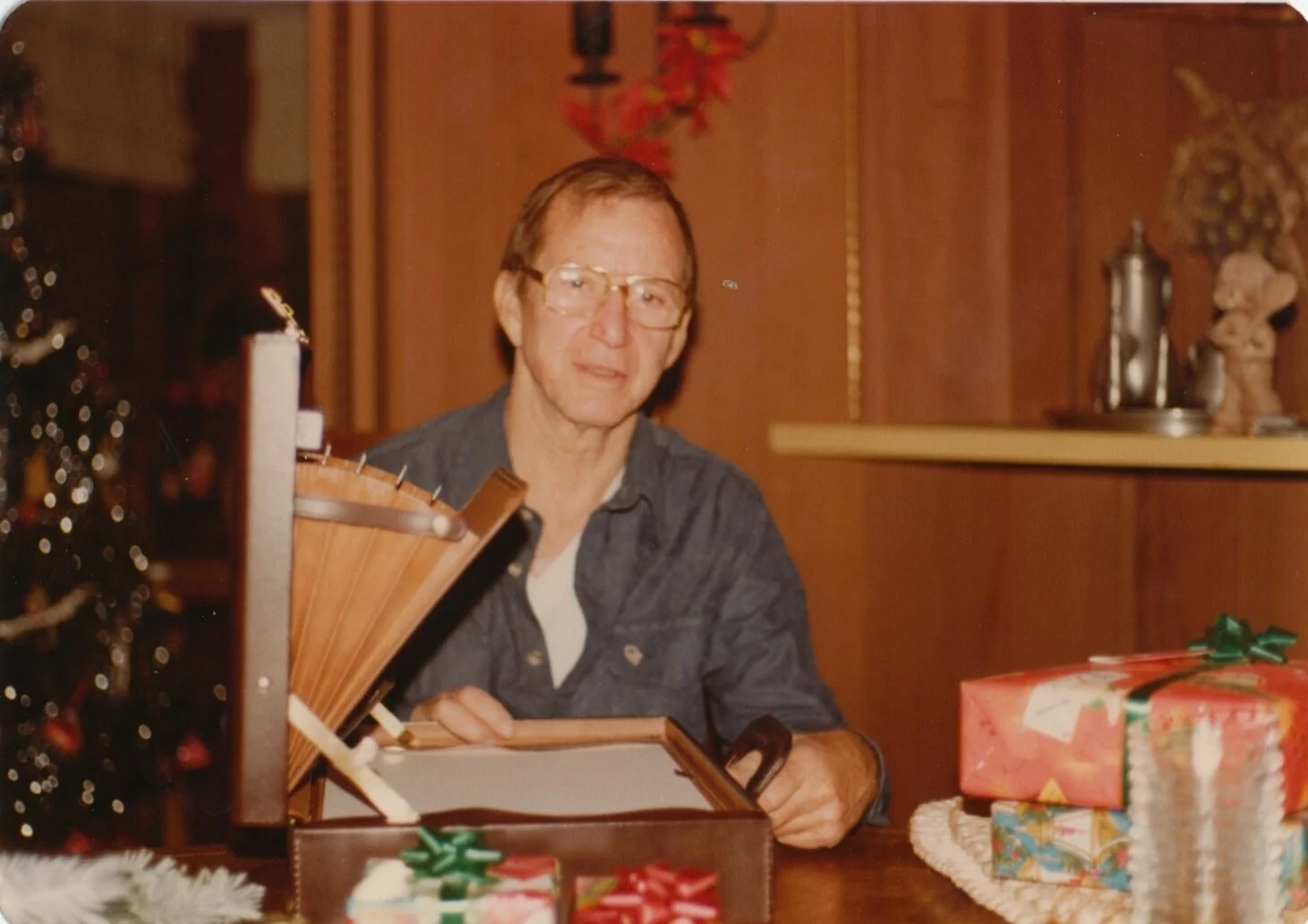Happy all
/Christmas, 2015
Dear friend,
I just set off all the smoke alarms in the house again.
Remember the two wood stoves we bought when we moved to Maine? Because it was cold. And burning things to generate heat, I was assured, was all the rage up here.
The stoves are very pretty. But one of them is impossible for this Georgia native to light without creating a thick, soup-like haze of smoke throughout the first floor. A smoke that has a will of its own, escaping every crack and joint in the woodstove that I can see. And a few that I’m pretty sure didn’t exist when we bought the thing. Because I seem to be getting worse at lighting it each time I make the attempt.
The trick, I’ve discovered, is to keep the back door open for the first fifteen or twenty minutes that I’m burning something in the stove. Eventually, it stops smoking, and the fire settles in for a bit. Of course, by that time, the cold wind has been blowing in through the back door, and is threatening to create a new arctic front in the kitchen.
The other stove has never actually been lit since we bought it. It’s too big to fit in the house anywhere except outside in our three-season porch. The three-season porch which is intended for use from late Spring through early-ish Autumn. Which means that it’s in the one place in the house we can’t go in the one season of the year we could use the extra heat.
How big could a stove be, you ask? It’s about 5 and a half feet high. I’d describe it as more of a fanciful cast iron, wood-burning sculpture than a stove. In the 1890’s, this thing was like the new iPad. It wasn’t about having the most practical accessory to accomplish the task. It was about having an accessory that was indisputably bigger than anyone else you knew. Never mind if you could fit it into your laptop bag. Or living room. Whatever. All I know is that the guy at the antique store sold it to us for a song, and delivered it for free.
Yeah. I’m sort of beginning to see why as well.
Please call me if you’d like a large, cast iron, wood-burningsculpture of your own.
I might just be persuaded to deliver it.
In the spring.
The Grady
































